Introduction
Retinoblastoma is a rare but serious eye cancer that primarily affects young children, usually before the age of five. It develops in the retina, the light-sensitive layer of the eye, and can occur in one or both eyes. While retinoblastoma is life-threatening if left untreated, advances in early diagnosis and medical treatments have significantly improved survival rates worldwide.
In this comprehensive guide, we’ll explore the historical background, global statistics, causes, symptoms, diagnosis, treatment options, prognosis, and prevention strategies for retinoblastoma.
Historical Overview of Retinoblastoma
Retinoblastoma was first identified in medical literature in the early 19th century. In 1809, Scottish surgeon James Wardrop documented cases of childhood eye tumors, describing their rapid progression and potential to spread beyond the eye. In the 20th century, research revealed that retinoblastoma is linked to genetic mutations, leading to a deeper understanding of hereditary patterns. The discovery of the RB1 gene mutation in the 1970s was a breakthrough, confirming that genetic alterations play a crucial role in the disease’s development.
Current Global Statistics
Retinoblastoma accounts for approximately 3% of all childhood cancers, affecting about 1 in every 15,000 to 20,000 live births worldwide. Each year, an estimated 8,000 to 9,000 new cases are diagnosed globally. While survival rates exceed 95% in high-income countries, the prognosis remains poor in low-income regions where access to early diagnosis and treatment is limited. In sub-Saharan Africa and parts of Asia, mortality rates are significantly higher due to late-stage detection and inadequate healthcare facilities.
Causes and Risk Factors
Retinoblastoma is primarily caused by genetic mutations in the RB1 gene, a tumor suppressor gene responsible for controlling cell growth in the retina. These mutations can be:
- Hereditary (Bilateral Retinoblastoma): Passed down from a parent, affecting both eyes in about 40% of cases.
- Sporadic (Unilateral Retinoblastoma): Occurring randomly, usually affecting one eye without a family history.
Risk factors include:
- A family history of retinoblastoma
- Genetic mutations in the RB1 gene
- Parental age (some studies suggest a higher risk in children born to older fathers)
Symptoms of Retinoblastoma
Early symptoms of retinoblastoma can be subtle, making regular pediatric eye exams crucial. The most common signs include:
- Leukocoria (White Pupil Reflex): An abnormal white reflection in the pupil, especially noticeable in photographs taken with flash.
- Strabismus (Crossed or Misaligned Eyes): The affected eye may appear to drift inward or outward.
- Poor Vision or Vision Loss: Affected children may have difficulty tracking objects or show signs of impaired vision.
- Eye Redness and Swelling: In some cases, the eye may appear inflamed or enlarged.
Diagnosis of Retinoblastoma
Early detection is key to successful treatment. Diagnostic methods include:
- Dilated Eye Exam: Performed by a pediatric ophthalmologist to check for tumors.
- Ophthalmoscopy: A detailed examination of the retina under anesthesia.
- Ultrasound and MRI Scans: Used to assess tumor size and extent.
- Genetic Testing: Identifies RB1 mutations and helps determine hereditary risk factors.
Treatment Options for Retinoblastoma
Treatment depends on the size, location, and stage of the tumor. Common approaches include:
- Chemotherapy: Used to shrink tumors before additional treatment, either through intravenous or localized delivery (intra-arterial chemotherapy).
- Laser Therapy (Photocoagulation): Destroys small tumors using laser beams.
- Cryotherapy: Freezes and eliminates small tumors.
- Radiation Therapy: External beam radiation or brachytherapy (internal radiation) is used in advanced cases.
- Surgical Removal (Enucleation): In severe cases, the affected eye may need to be removed to prevent cancer spread.
Prognosis and Survival Rates
With timely diagnosis and appropriate treatment, the survival rate for retinoblastoma exceeds 95% in developed countries. However, if the cancer spreads beyond the eye (extraocular retinoblastoma), survival chances drop significantly. Long-term follow-up is crucial to monitor for secondary cancers, especially in hereditary cases.
Prevention and Early Detection
While there’s no definitive way to prevent retinoblastoma, genetic counseling and early screening for high-risk families can help with early detection. Parents with a family history should ensure their child undergoes regular eye exams from infancy.
Conclusion
Retinoblastoma is a highly treatable childhood cancer when detected early. If you notice any unusual signs in your child’s eyes, seek medical attention immediately.


